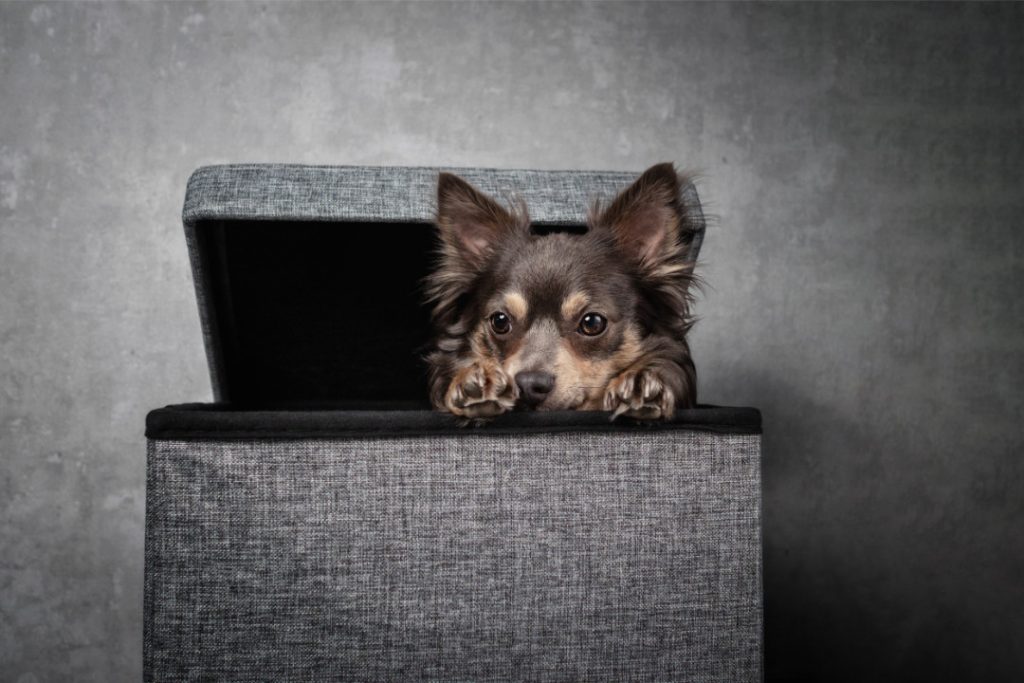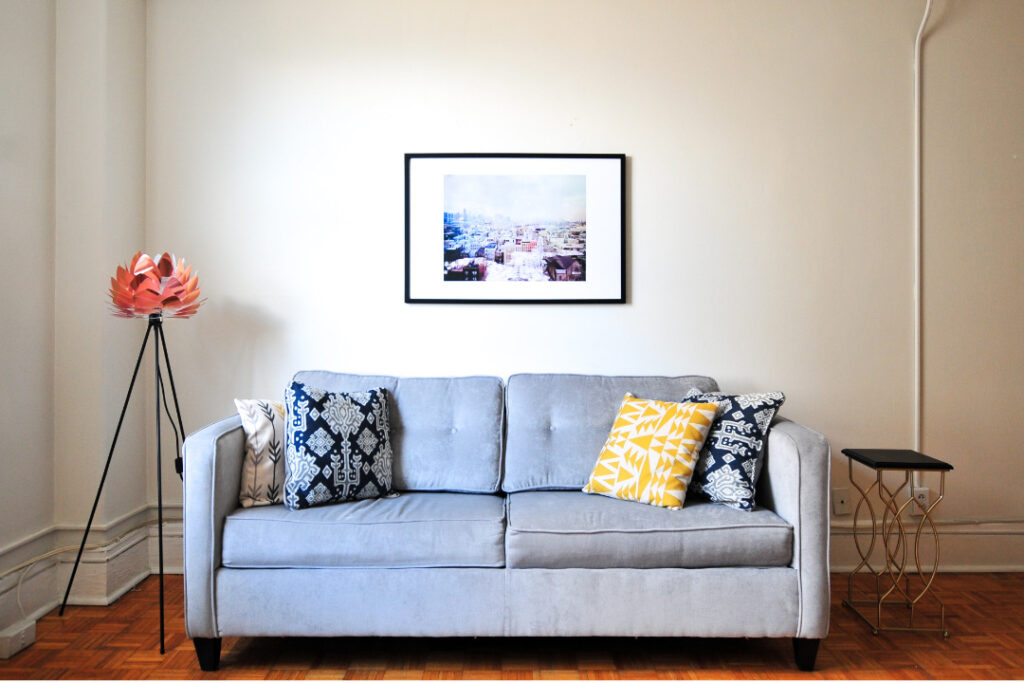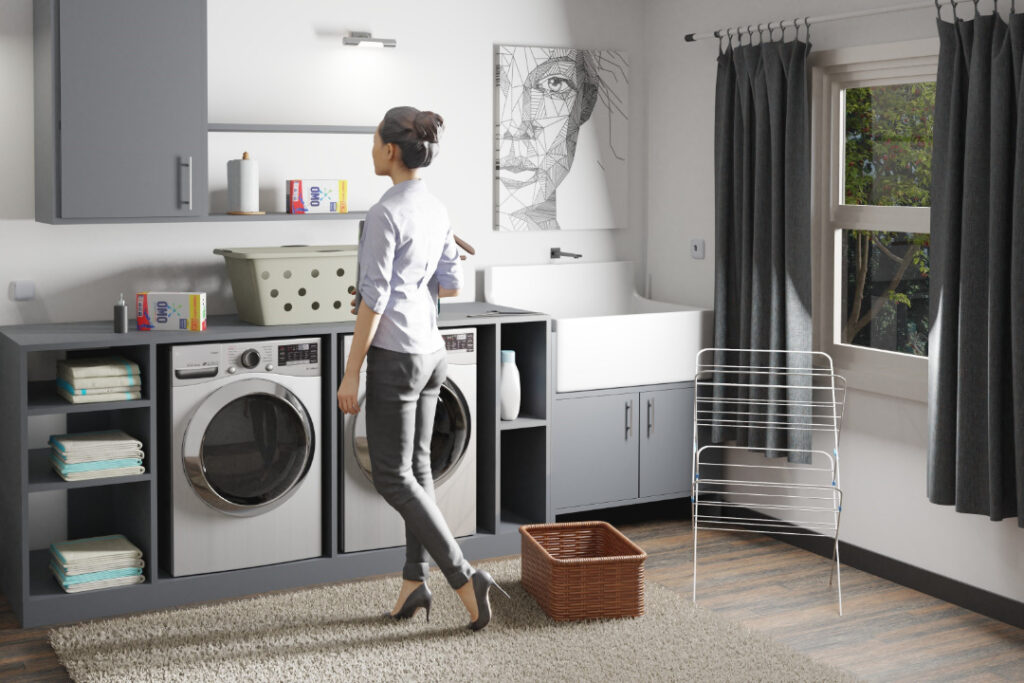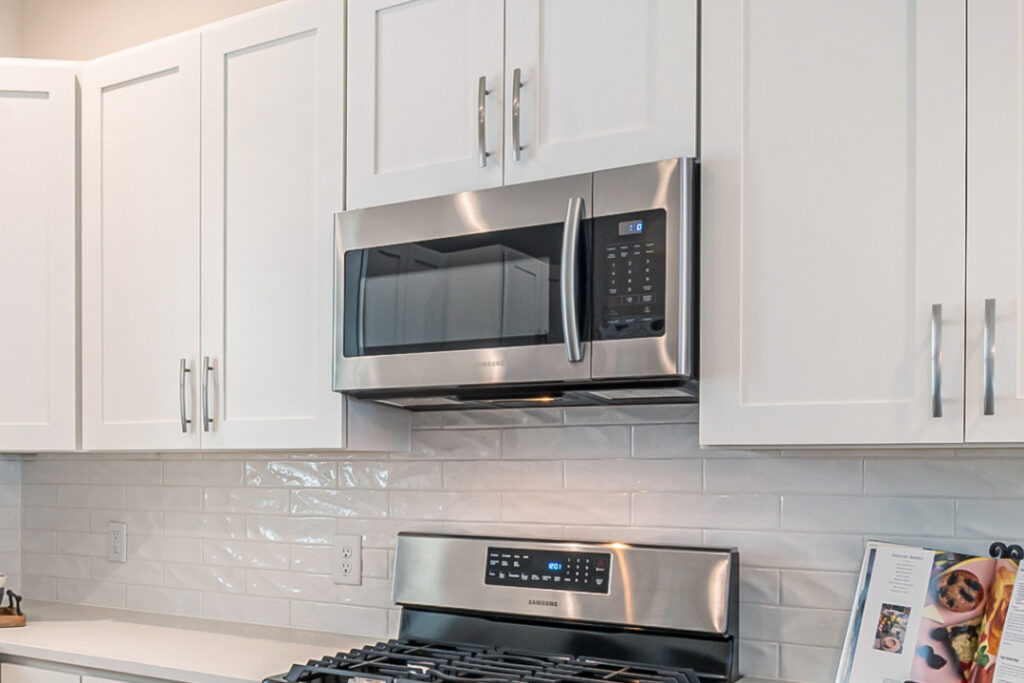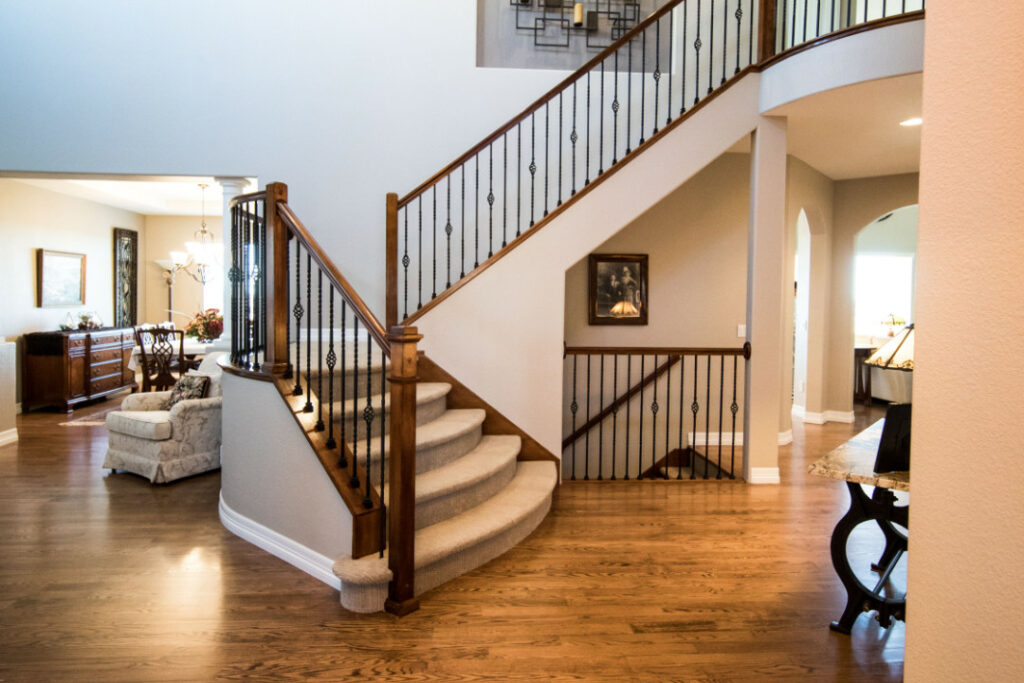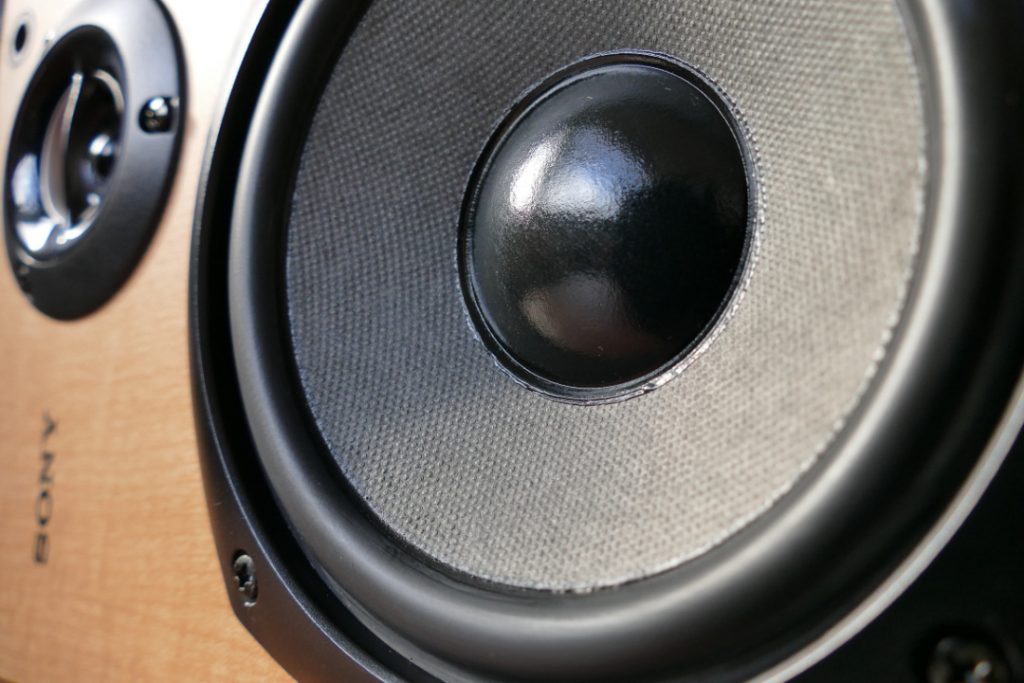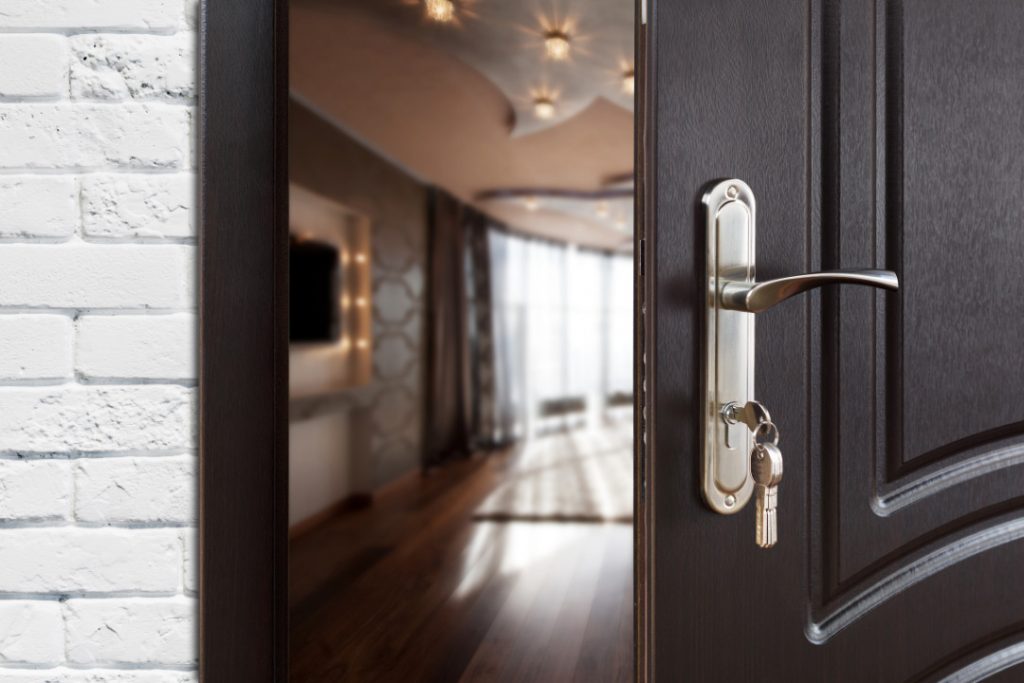Several reasons can make you want to soundproof your dog’s kennel or crate. You may opt for several ways, irrespective of your budget, timeline, and lifestyle. Soundproofing a dog crate or kennel is a sure way of minimizing noise levels.
As much as you want to reduce the barking noise of your dog, you may also want to protect it from outside noise so it may remain relaxed in the event of loud noise coming from outside. It is a sure way of ensuring that a dog will remain calm.
The following guidelines will help anyone who needs to protect a dog from noise pollution and maintain a dog’s well-being.
What are Soundproof Dog Crates?
This is a dog crate made with soundproof materials to help absorb sound. When a dog is inside a kennel, soundproof equipment will reduce or block the sound of a barking dog from emanating to the outside.
Although it may not ultimately reduce the noise, it will reduce it to some degree convenient for you. Completely silencing the barking in a crate can be an unbearable condition for the dog as this would mean all the noise is contained in the crate, creating sound pollution.
Most soundproof dog crates are designed to eliminate reverberations and reduce sound and echoes, minimizing the dog’s barking intensity.
Nonetheless, the majority of non-soundproof kennels can be easily transformed into soundproof crates with little effort.
Reasons for Soundproofing a Dog Crate?
Several reasons can make you want to soundproof a dog crate. All-in-all, doing so is meant to be beneficial to you as well as your dog.
As much as a soundproof crate will help reduce noise from your dog’s barking, it also helps minimize noise emanating from the outside to levels comfortable for a dog’s ears. For example, in the event of fireworks or thunder sounds, you will be sure that your dog is comfortable and is not feeling anxious.
Did you know that your dog is less likely to bark if it feels relaxed from distracting noise? A soundproof kennel will help you achieve this with little effort.
A soundproof dog kennel is a great solution, especially for the constant barking of a dog. It is important to note that a dog often barks if it is bothered or uncomfortable.
The following are benefits of using a soundproof crate:
- Help your dog feel comfortable and relaxed.
- Minimize barking and whining.
- Provide a tranquil environment.
- Minimize noise in your homestead as well as for your neighbors.
- Protect dogs against scary noises such as thunderstorms or fireworks.
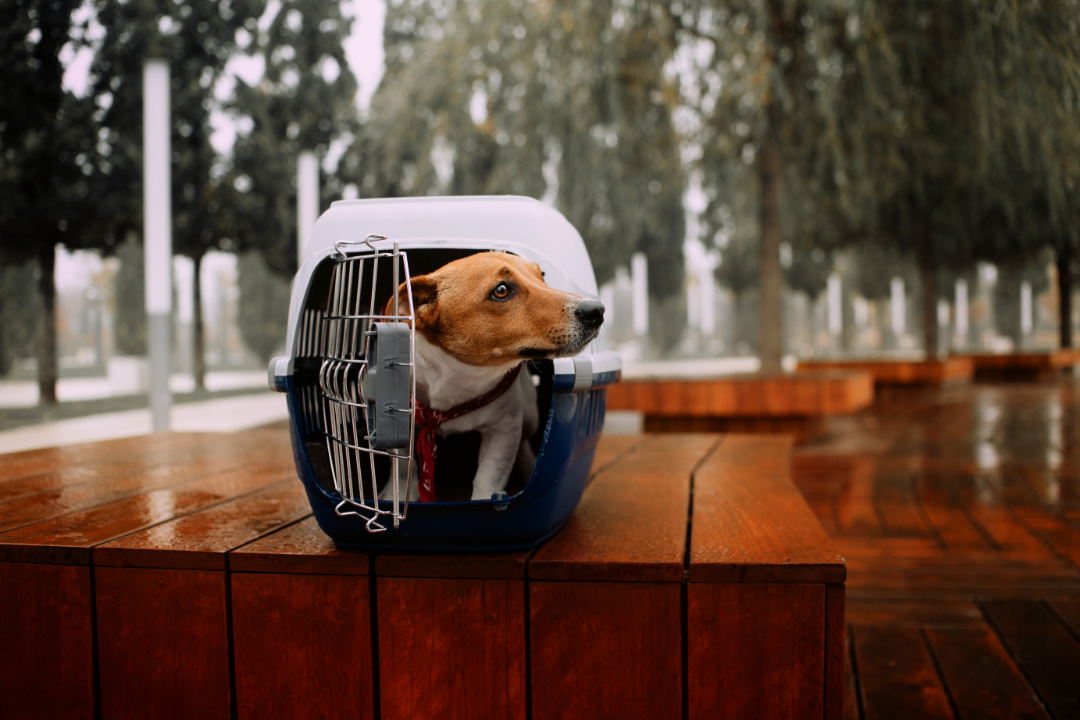
How to Soundproof a Dog’s Crate
Unfortunately, a dog’s crate cannot be soundproofed entirely without causing discomfort to the dog. However, there are numerous ways that you can soundproof a kennel to tone down the noise considerably. Here are four possible ways to soundproof a dog’s crate.
Use Soundproof Dog Crate Covers
If you are looking for a simple, inexpensive way of soundproofing a dog’s crate, look no further than a dog crate cover. Just as the name suggests, all you need to do is simply get the right size of cover for your kennel, and once it is covered, you will have kept the noise levels down without much effort.
It is recommended you buy a cover that is specially designed for noise reduction. Furthermore, the material used to manufacture such a cover must be breathable to ensure that the crate is health conducive for a dog’s comfort.
The soundproof crate cover should reduce the noise in and out of the kennel and be easy to remove and clean.
Soundproof dog kennel covers are readily available, but not all are designed to reduce noise. So be precise about what you are shopping for.
A blanket may come in handy when you need a quick yet temporary solution to cover a dog’s kennel. Caution should be taken when using a blanket as it may cause the crate to be too hot or too dark for the dog.
Here are some essential factors to consider while shopping for a dog’s kennel cover:
- Easily washable/ machine washable
- Breathable covering
- Comfortable for your pet
- Does not blackout the kennel
Use Absorption Sheets
Another low-cost option for soundproofing a dog’s kennel is the absorption sheet. It absorbs mid-to-high frequency sounds and reduces echoes too.
Absorption sheets are easy to fit as they are just mounted on the walls of the kennel. It is a good solution considering that they do not require any professional tools for fitting. One thing to note is that the sheet covers should be of the right size, like that of a dog’s crate.
The following are some benefits of using absorption sheets:
- Inexpensive
- Easy to fit and remove
- It’s a semi-permanent solution.
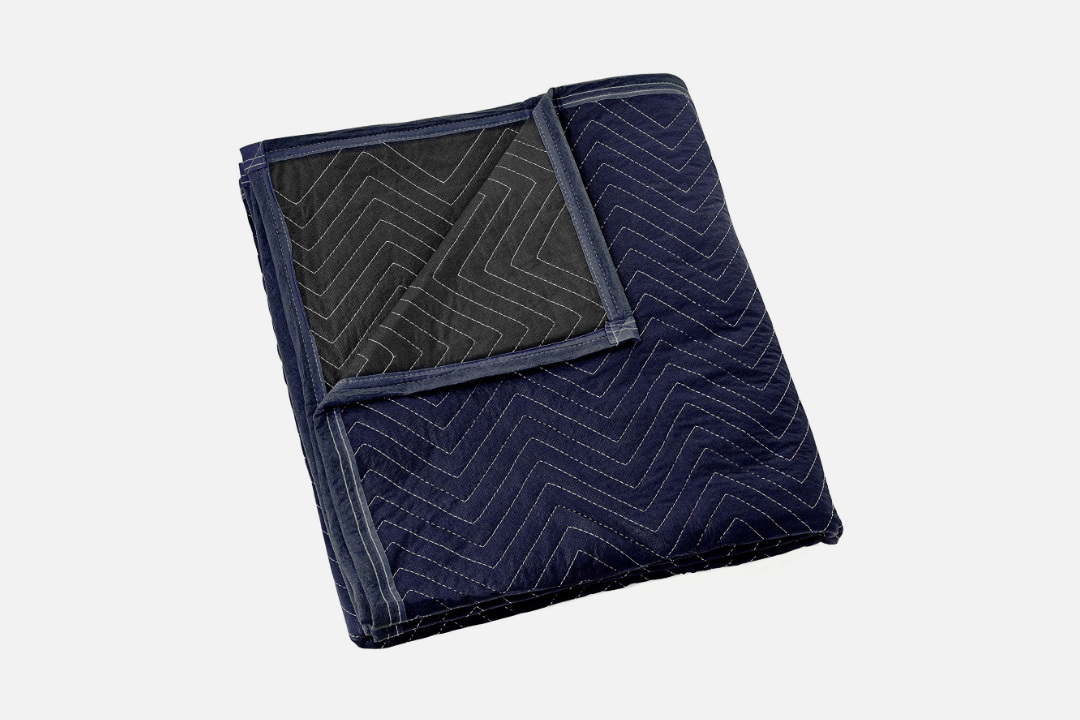
Use Moving Blankets
Another good option is the use of a moving blanket. It is considered a cost-effective and easy way of reducing noise in a dog’s crate.
What makes moving blankets distinctive as soundproof covers is their padded construction. The blankets are assembled in layers. The exterior layers are prepared from soft fabric, while the internal layer constitutes a thin sheet of padding.
This exceptional manufacturing makes moving blankets a brilliant resource for absorbing or blocking loud sound waves. Furthermore, moving blankets are easily washable and can be stored effortlessly. A moving blanket is a worthy preference if your need is to only pad the crate on occasion.
Moving blankets are favorably sized, so you can get to cover a small- to -a medium-sized crate with a single blanket. However, for effectively soundproofing a dog’s crate, you will have to use two or three blankets.
What makes a moving blanket superior to a conventional blanket is that the moving blanket is designed to absorb noise, insulate a dog’s crate, and still provide a comfortable environment for your dog.
Even better, you can fold one part up and put it at the bottom of a dog’s crate to act as convenient bedding for a dog.
You only have to ensure that the crate is nicely ventilated and doesn’t get hot.
Soundproof the Wall/Room of your House
You might have tried the above-discussed solutions, but it seems not to be working; either your dog doesn’t like to be in the crate, or it usually barks when you’re not around. You don’t want to disturb your neighbors with the noise—another option is to use a soundproof wall or room inside a building of your home or premises.
This is usually a great idea, particularly if you share a wall with your neighbor. It is not a standard option, mainly because it is much more costly than soundproofing a kennel. Even so, it is a good solution that will ensure you have peace of mind.
Potential Problems with Soundproofing a Dog’s Crate
When soundproofing a dog’s crate, you may experience challenges. The following are some of the encounters you may come across:
- Blackout: Take note that a darker kennel can be a good ambiance for your dog to relax in. A slightly darker yet quieter kennel is good housing for a dog. However, what you don’t want is an entirely blacked-out crate, as it will cause stress and confusion to a dog.
Always check your dog’s reaction to body language when it’s inside the kennel to know if it is comfortable or feeling uneasy.
- Temperature – Room temperature can be an issue if you regularly use a soundproof blanket for a dog crate to cover a dog’s crate, if you leave the kennel in direct sunlight, and if you don’t leave some space for ventilation when covered.
It is equally important to consider the positioning of a dog’s kennel and not forget to choose suitable materials for soundproofing. Note that without breathable material or good ventilation, a dog’s crate can get seriously hot quickly, which will definitely cause discomfort or even sickness to the dog. A suggestion is to always be aware of the temperature inside the crate while soundproofed.
- Poor Ventilation: If you use the suitable material to soundproof a dog’s kennel, poor ventilation shouldn’t be an issue. Still, it is best to always check that your soundproofing solution hasn’t caused ventilation problems at all.

Why is My Dog Always Barking?
As much as you would want to soundproof your dog’s crate primarily because of the barking noise, still, try to understand why your dog is constantly barking to find the right solution once-and-for-all.
Most often than not, when dogs are not comfortable in a kennel, they might bark all the time. Probably the kennel does not provide a conducive environment, so you will need to adjust accordingly. Dogs might bark for different reasons; if dwelling condition in the kennel is the main reason, there are several ways you can do to help a dog settle in comfortably.
Reassurance
Dogs will bark if they feel frightened. A kennel can make a dog feel afraid, making them extra vocal and a nuisance to you or your neighbors. To help reduce barking noise, you need to ensure a dog feels safe. You can do this by reassuring their safety inside the crate. Train a dog to understand that the kennel is a safe and comfortable environment for it to be in.
Never make a crate a punishment tool for a dog as it will develop a negative attitude and become anxious whenever it is left inside.
You can improve a dog’s attitude towards the kennel simply by offering it a treat whenever it gets into the kennel and patting the dog for good behavior while inside the crate.
Start by making the dog familiar and comfortable inside a kennel before leaving it inside alone for long hours.
Leave Quickly with Little Fuss
Dog, a man’s best friend, can become a little distressed when you’re about to go out and leave them alone. If your dog is always in distress when you leave, you should leave quickly without hugging and fussing with it a lot.
Dogs can get pretty emotional with goodbyes and thus bark or cry long after you’ve gone. Next time you leave, consider giving them a treat. This distracts them as you leave and makes the situation peaceful and easier for everyone.
Regularly Exercise your Dog
Exercise is a remedy for good rest. Exercising a dog regularly ensures it won’t spend long hours barking end-to-end. Instead, it will spend most hours sleeping or resting. If you want a dog to have a peaceful, relaxing time, exercise your dog regularly so that by the time you get back home, you put the dog in the kennel for it to relax because it is tired already. Dogs love to play. So always ensure you have some playing time in your schedule for a dog.
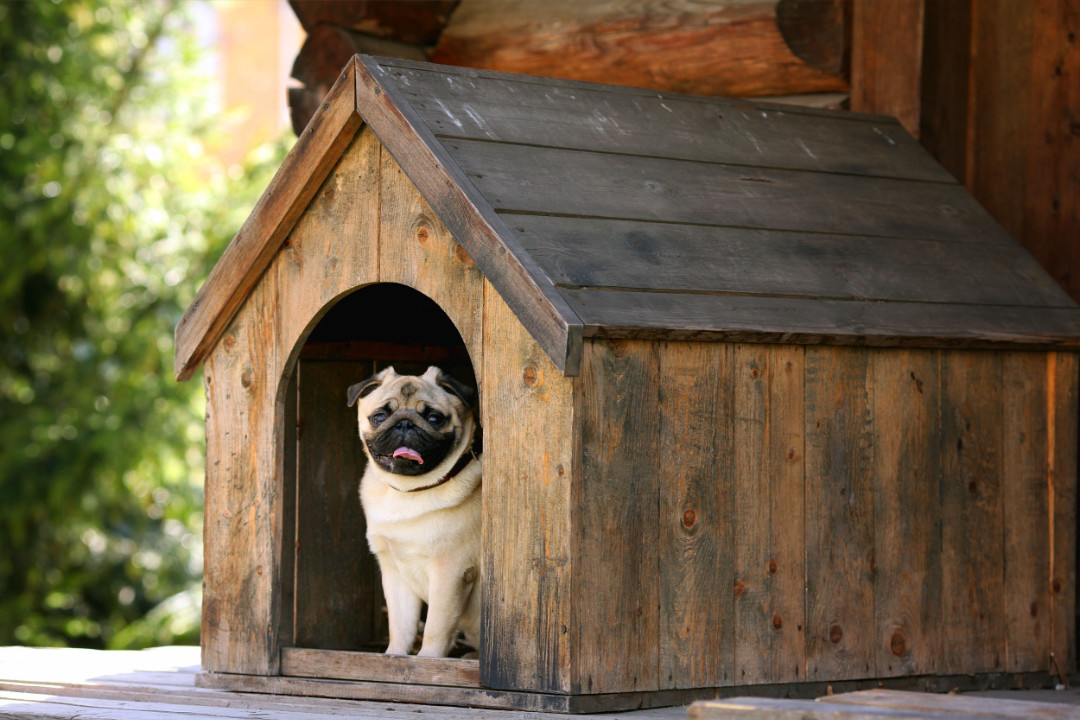
How to Help Your Dog Settle in a Kennel
A dog can be trained for just about anything. As mentioned earlier in this piece, a dog should feel comfortable sitting in a crate peacefully. The following are a couple of tips to help a dog settle comfortably in a kennel.
Position of Kennel
When you try to make a dog feel safe in a kennel, a reasonable consideration is the positioning. It will be helpful if you place a kennel in a familiar position that is comfy for the dog. Placing a crate in an unfamiliar room like the basement or laundry room can make a dog feel frightened or agitated and thus end up barking a lot.
Good positioning in the living room or somewhere familiar, and the dog will feel relaxed enough not to cause any fuss or seek attention.
Training That Involves the Kennel
Start early enough to effectively train a dog to stay relaxed in a kennel. You can start by putting a dog’s crate into its training to incorporate discipline and good behavior. Tune a dog to get into a kennel and to keep staying there. This will help a dog get used to the routine and eliminate whining and barking all the time.
Training your dog just at the right age will help make the kennel a familiar environment and thus promote its embrace.
What if I Want to Soundproof a Kennel and still make the Dog Comfy
Well, if you want to soundproof a dog’s kennel and still maintain the comfort inside to high standards, you may want to consider a different approach than the ones mentioned above.
Generally, a kennel is made of hard surfaces which reflect noise easily, and that causes a lot of reverberation and echoes. Even so, there are several effective ways of soundproofing a dog’s kennel yet maintaining high standards of comfort. The most recommended ones include:
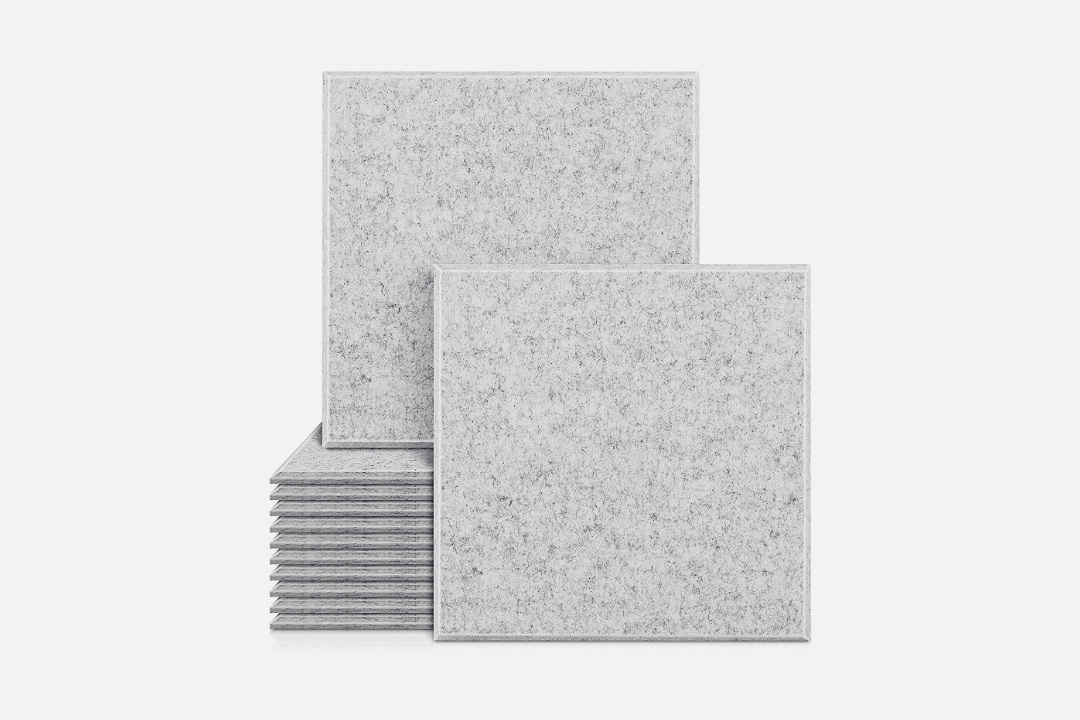
Acoustic Tiles
Acoustic tiles adhered to the kennel’s walls and ceiling help absorb noise and reduce echo. Caustic tiles are manufactured from recycled cotton, which is a good material that helps reduce echoes inside a dog’s kennel.
Although acoustic tiles won’t wholly stop noise emanating from a crate, they will drastically reduce its intensity.
Another benefit of using acoustic tiles is their variety of colors and designs. Hence you can choose or create a pleasant environment while still controlling the dog’s noise inside and outside a kennel.
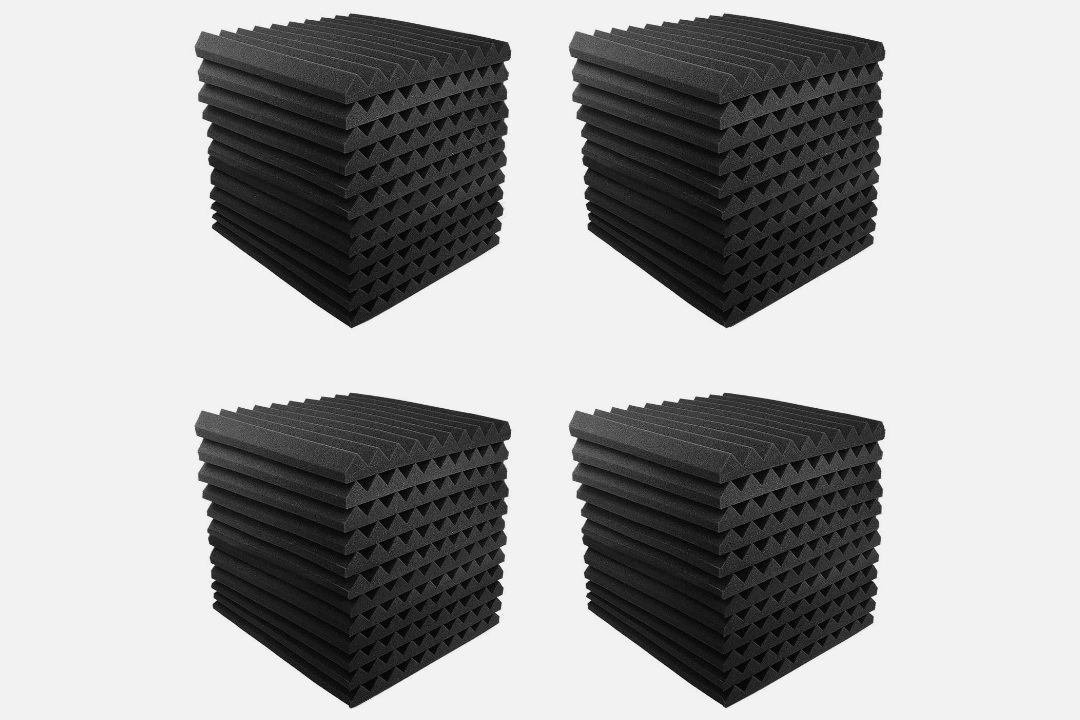
Acoustic Panels
Acoustic panels are another great option. You can consider using them to soundproof a kennel. They are available in a diverse variety of fabrics and designs.
Acoustic panels are commonly used in sound recording studios mainly because of their superb sound absorption capabilities.
Thus they can be effectively applied in soundproofing kennels too.
These panels are an effective sound absorption solution for a dog’s kennel, particularly in absorbing sounds or noise from mid to high frequencies.
How to Cover a Dog Kennel with Acoustic Panels
Measure both edges of a dog’s kennel, including the top, bottom, and exterior walls. The next step is to buy sufficient acoustic panels that will cover the entire area efficiently. Acoustic pads are usually sold in squares ranging between one to two feet.
Various procedures can be applied and used to fit or attach acoustic panels to a dog’s crate.
A stress-free option entails the use of binder clips instead of puncturing panels. You can use clips to fasten the panel onto the crate itself. Clips are readily available and affordable.
Once you obtain all of the essential hardware, you will easily soundproof a dog’s kennel. You may perhaps need to size down panels to fit a crate perfectly. A suggestion is that you grab a pair of cutting tools, for example, a scissor.
Soundproofing Summary
There are a variety of reasons you may require to soundproof a dog’s kennel or crate.
Whether it is to curb the intensity of your dog’s barking or to help relax its anxiety, whatever the reason is, there are numerous opportunities available.
The options may vary in price and simplicity, so there should be a solution that suits your needs.
Let’s face it, it is hard to control loud sounds that occur outside your home, but you can help a dog to have a comfortable environment free of noise pollution.
Every dog has its own needs and preferences. There are various alternatives for crafting a comfy space for a dog according to its taste and needs. Some dogs may become noisy as a result of hearing loud noises coming from outside their immediate environment. They can start woofing or howling hysterically.
Some dogs may hide away in small spaces, such as under the bed or sofa. Therefore, it is wise to record an inventory of how your dog reacts to loud noises to ascertain its needs. This is key in determining the best soundproofing choice for your household.
Make sure you are entirely keen when soundproofing a dog’s crate or kennel to guarantee maximum comfort to the dog while also tackling noise pollution. Take time to learn a dog’s behavior; this will be of great importance when deciding the best solution for soundproofing a dog’s crate or kennel.
How To Soundproof A Room For Drums?
How To Make A Room Soundproof From Outside Noise
how to make a room soundproof from outside noise. If you live in an apartment…
How To Quiet a Garage Door (6ways)
How To Soundproof A Laundry Room
If you’re like many people, your laundry room is in the basement. And if you’re…
How To Silence A Microwave: A Guide
We’ve all been there. You’re in the middle of microwaving something, and suddenly, you hear…
How To Soundproof Stairs
How to soundproof stairs. You may have heard “soundproofing” before, but what exactly is it?…

